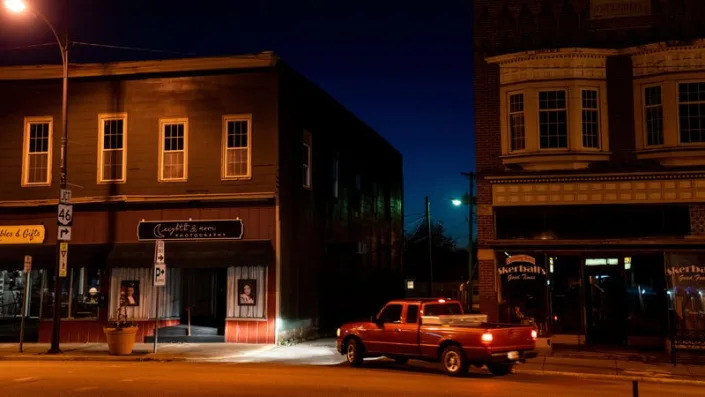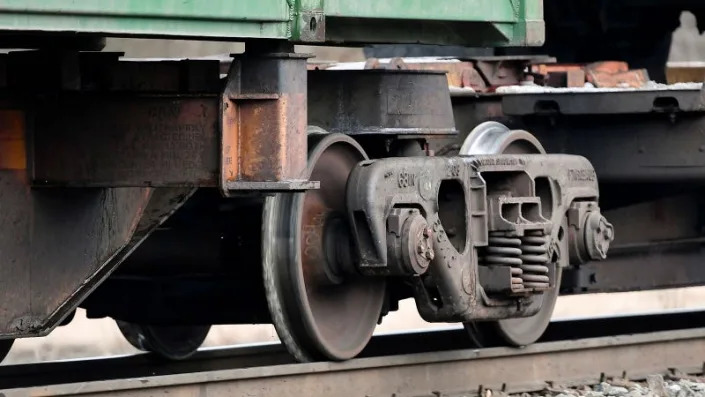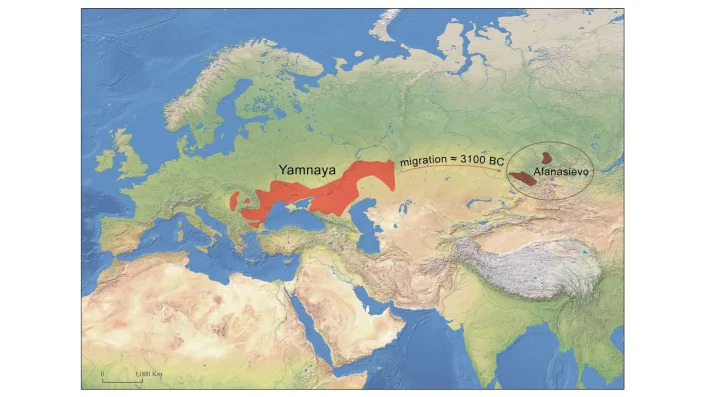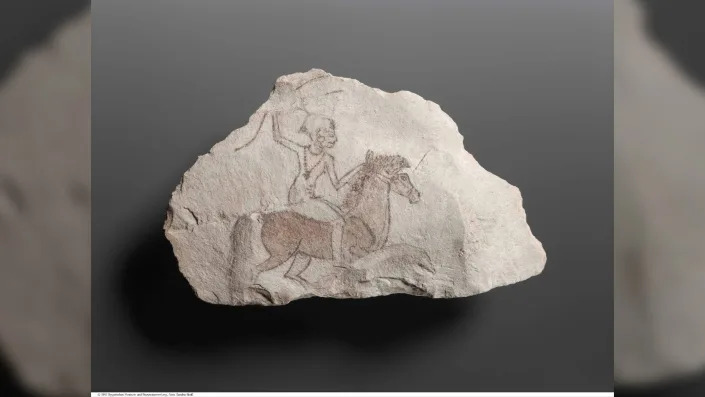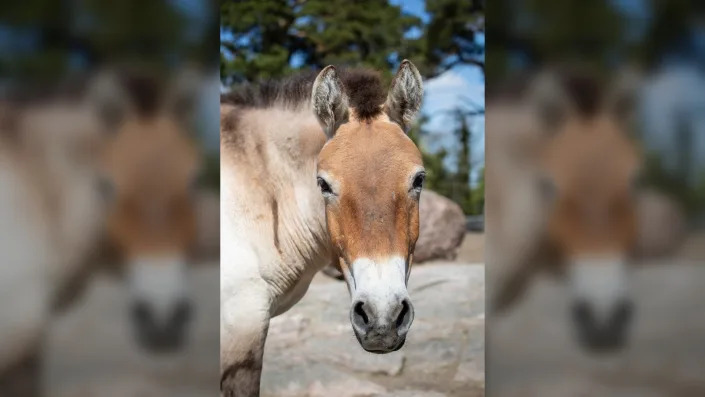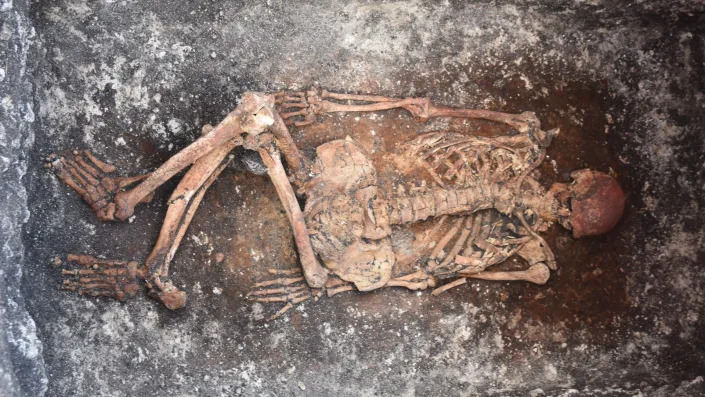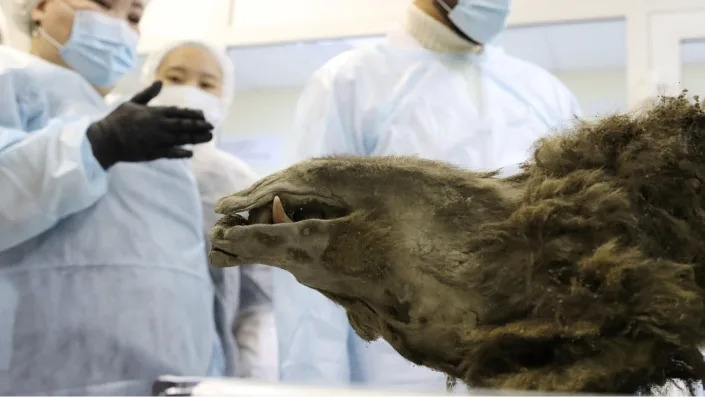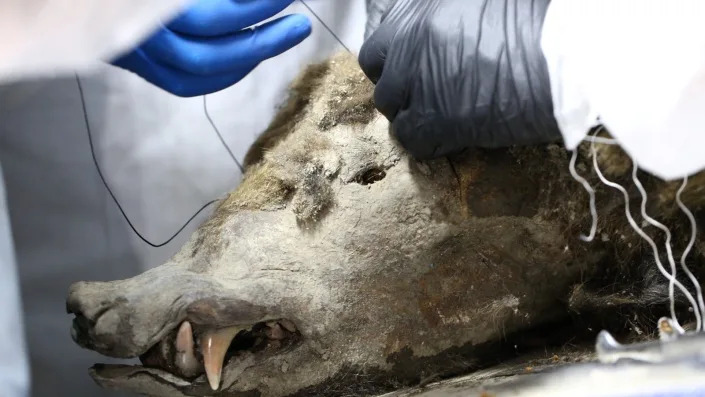

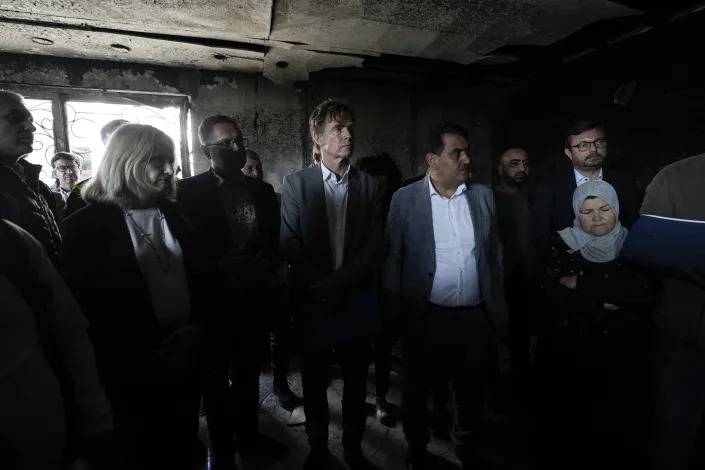
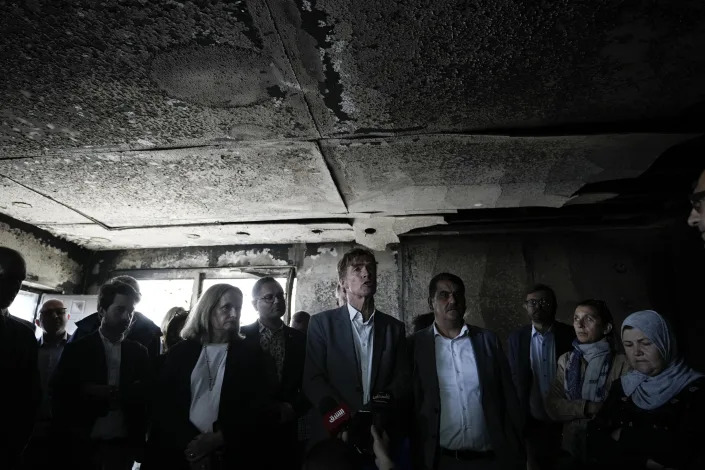


Israeli border police officers block hundreds of Israeli left-wing activists from staging a solidarity rally in the Palestinian town that was set ablaze by radical Jewish settlers earlier this week, next to the West Bank town of Hawara, Friday, March 3, 2023. On Monday scores of Israeli settlers have gone on a violent rampage in the northern West Bank town of Hawara, setting cars and homes on fire after two settlers were killed by a Palestinian gunman.
MAJDI MOHAMMED and ISABEL DEBRE
Fri, March 3, 2023
HAWARA, West Bank (AP) — Israeli troops fired stun grenades and tear gas on Friday to block busloads of Israeli left-wing activists from staging a solidarity rally in a Palestinian town that was set ablaze by radical Jewish settlers earlier this week, protesters said.
The soldiers shoved protesters to the ground in the occupied West Bank town of Hawara, activists said, pressing their knees into their necks and backs before briefly detaining them. According to Sally Abed from the group Standing Together, at least two protesters were briefly arrested. The army threw them to the ground, kicking and handcuffing them, she said.
In another case, a group of soldiers violently pushed former Israeli parliament speaker, Avraham Burg, until he stumbled to the ground.
The Israeli army said it had decided to declare Hawara a closed military zone because of the soaring tensions following Sunday's settler-led attack. When Israeli and Palestinian activists attempted to violate the military order, security forces used tear gas and other means to disperse the crowds and maintain order, the military said.
Spokesperson Lt. Col. Richard Hecht said that the military would pursue “a de-escalation policy in the region” after “this complex and tragic week for all sides.” He did not elaborate.
Hundreds of settlers, some armed with knives and guns, rampaged through Hawara on Sunday and torched dozens of homes and businesses after two Israeli brothers were shot and killed nearby. One Palestinian was killed in the mob assault.
“It is ridiculous that the army allows settlers to enter Hawara as we speak, but we — Israeli Jews and Arabs who wish to show our solidarity — are told that there is no entry,” Standing Together said. The group said the rally was coordinated with the local council and residents.
On Friday, some 500 people holding signs of solidarity and Palestinian flags — mostly older men and women, both Jews and Arab citizens — stepped off buses that were stopped by Israeli soldiers and headed down the highway toward Hawara.
Palestinian motorists honked in support. The protesters chanted, “No to occupation” and “End Jewish terror.” Facing the mass of police and troops deployed to halt their peaceful protest, they shouted, “Where were you when Hawara happened?” — referring to the intense rampage that went largely unchecked and unpunished.
Unlike Palestinian cities like Ramallah that are under the control of the Palestinian Authority, Hawara is mostly under Israeli security control. The Israeli army has said that the ferocity and scope of the settler mobs earlier this week caught them by surprise. The Defense Ministry has sent two suspected ringleaders of the violence to administrative detention.
A town of 7,000 Palestinians surrounded by ideological settlements, Hawara long been a flashpoint for violence between Israelis and Palestinians
Earlier on Friday, a delegation of European diplomats toured the town to survey the damage and denounce the mayhem.
A chorus of condemnations over the rampage has poured in from around the world, particularly after Finance Minister and settler leader Bezalel Smotrich said Wednesday that Hawara "should be erased." Smotrich, whose party wants Israel to formally annex large parts of the West Bank, later backtracked on the comment.
Egypt's Foreign Ministry on Friday lambasted Smotrich's remarks as a “dangerous and unacceptable incitement of violence.”
___
DeBre reported from Jerusalem.

